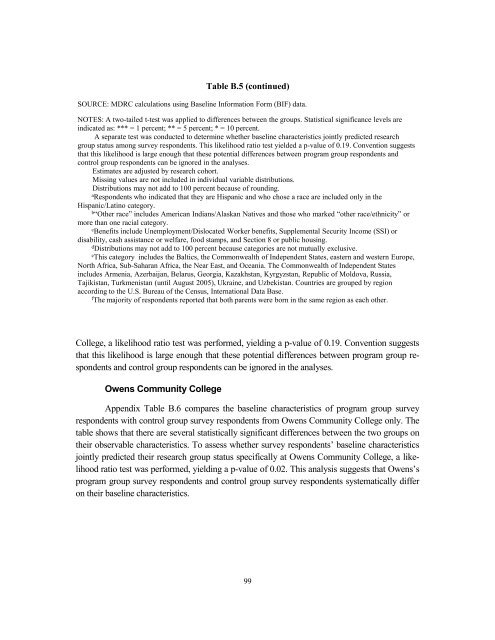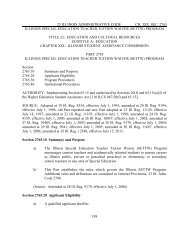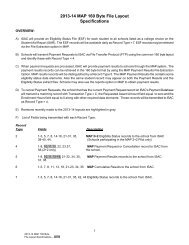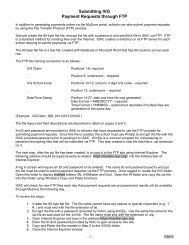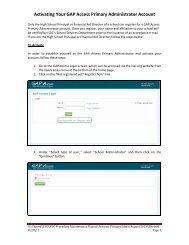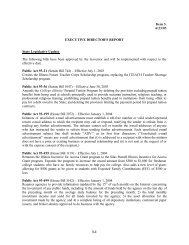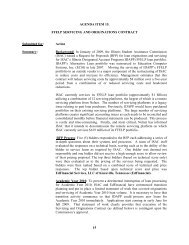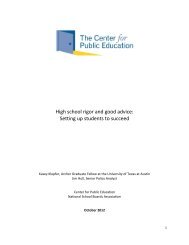MORE GUIDANCE, BETTER RESULTS?
MORE GUIDANCE, BETTER RESULTS?
MORE GUIDANCE, BETTER RESULTS?
Create successful ePaper yourself
Turn your PDF publications into a flip-book with our unique Google optimized e-Paper software.
Table B.5 (continued)SOURCE: MDRC calculations using Baseline Information Form (BIF) data.NOTES: A two-tailed t-test was applied to differences between the groups. Statistical significance levels areindicated as: *** = 1 percent; ** = 5 percent; * = 10 percent.A separate test was conducted to determine whether baseline characteristics jointly predicted researchgroup status among survey respondents. This likelihood ratio test yielded a p-value of 0.19. Convention suggeststhat this likelihood is large enough that these potential differences between program group respondents andcontrol group respondents can be ignored in the analyses.Estimates are adjusted by research cohort.Missing values are not included in individual variable distributions.Distributions may not add to 100 percent because of rounding.aRespondents who indicated that they are Hispanic and who chose a race are included only in theHispanic/Latino category.b“Other race” includes American Indians/Alaskan Natives and those who marked “other race/ethnicity” ormore than one racial category.cBenefits include Unemployment/Dislocated Worker benefits, Supplemental Security Income (SSI) ordisability, cash assistance or welfare, food stamps, and Section 8 or public housing.dDistributions may not add to 100 percent because categories are not mutually exclusive.eThis category includes the Baltics, the Commonwealth of Independent States, eastern and western Europe,North Africa, Sub-Saharan Africa, the Near East, and Oceania. The Commonwealth of Independent Statesincludes Armenia, Azerbaijan, Belarus, Georgia, Kazakhstan, Kyrgyzstan, Republic of Moldova, Russia,Tajikistan, Turkmenistan (until August 2005), Ukraine, and Uzbekistan. Countries are grouped by regionaccording to the U.S. Bureau of the Census, International Data Base.fThe majority of respondents reported that both parents were born in the same region as each other.College, a likelihood ratio test was performed, yielding a p-value of 0.19. Convention suggeststhat this likelihood is large enough that these potential differences between program group respondentsand control group respondents can be ignored in the analyses.Owens Community CollegeAppendix Table B.6 compares the baseline characteristics of program group surveyrespondents with control group survey respondents from Owens Community College only. Thetable shows that there are several statistically significant differences between the two groups ontheir observable characteristics. To assess whether survey respondents’ baseline characteristicsjointly predicted their research group status specifically at Owens Community College, a likelihoodratio test was performed, yielding a p-value of 0.02. This analysis suggests that Owens’sprogram group survey respondents and control group survey respondents systematically differon their baseline characteristics.99


